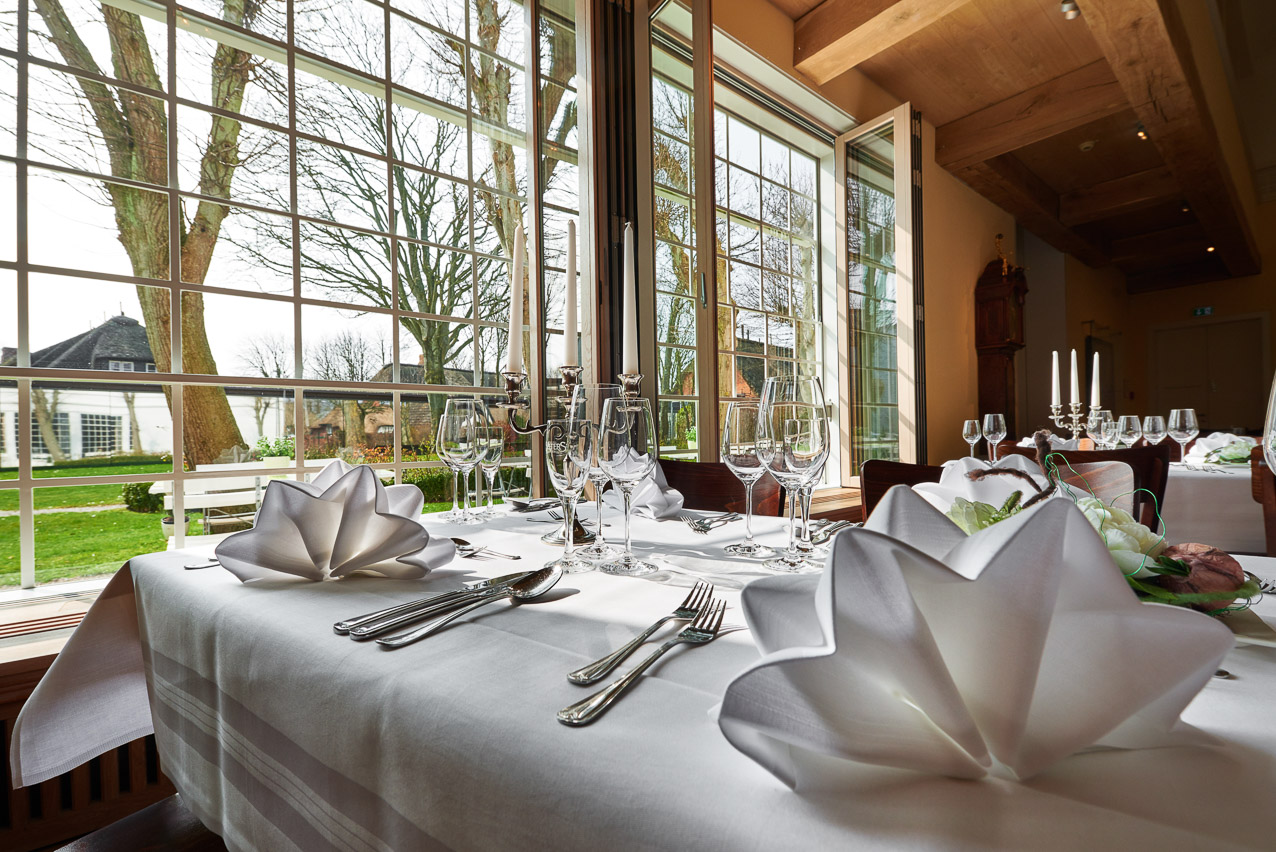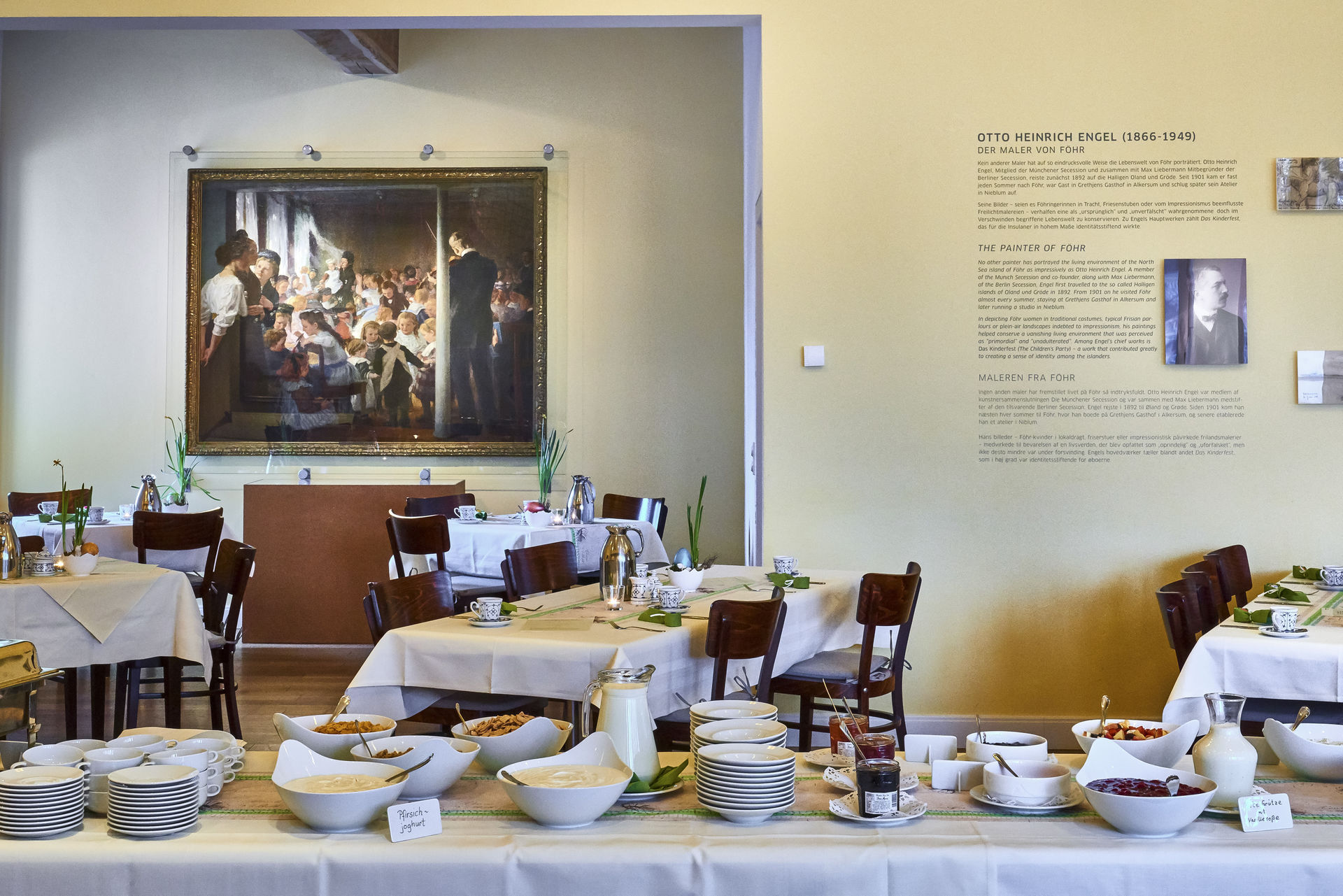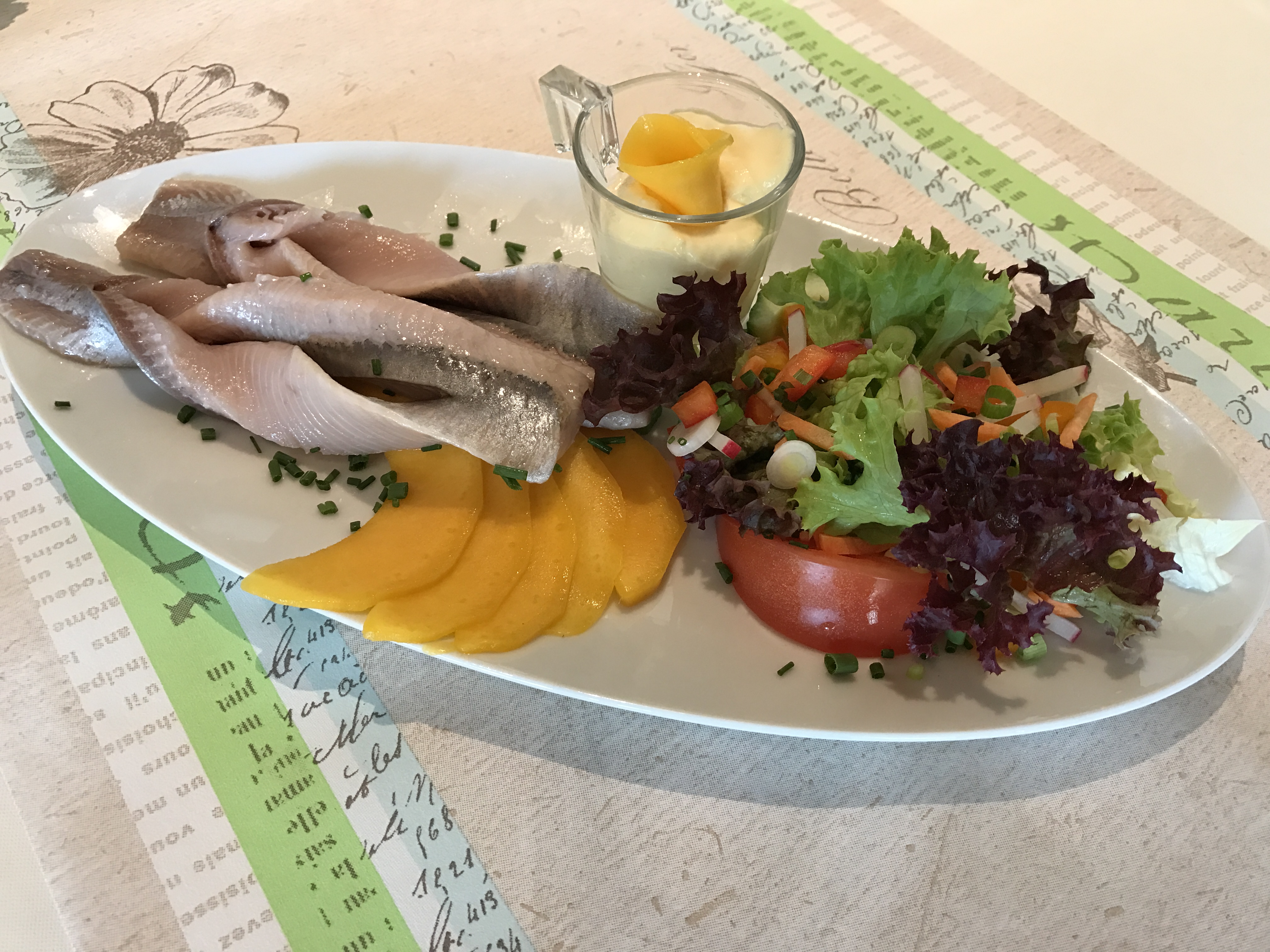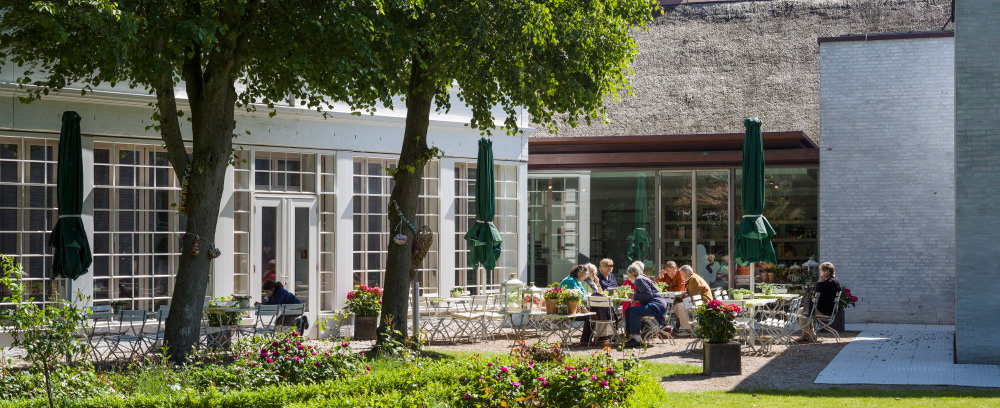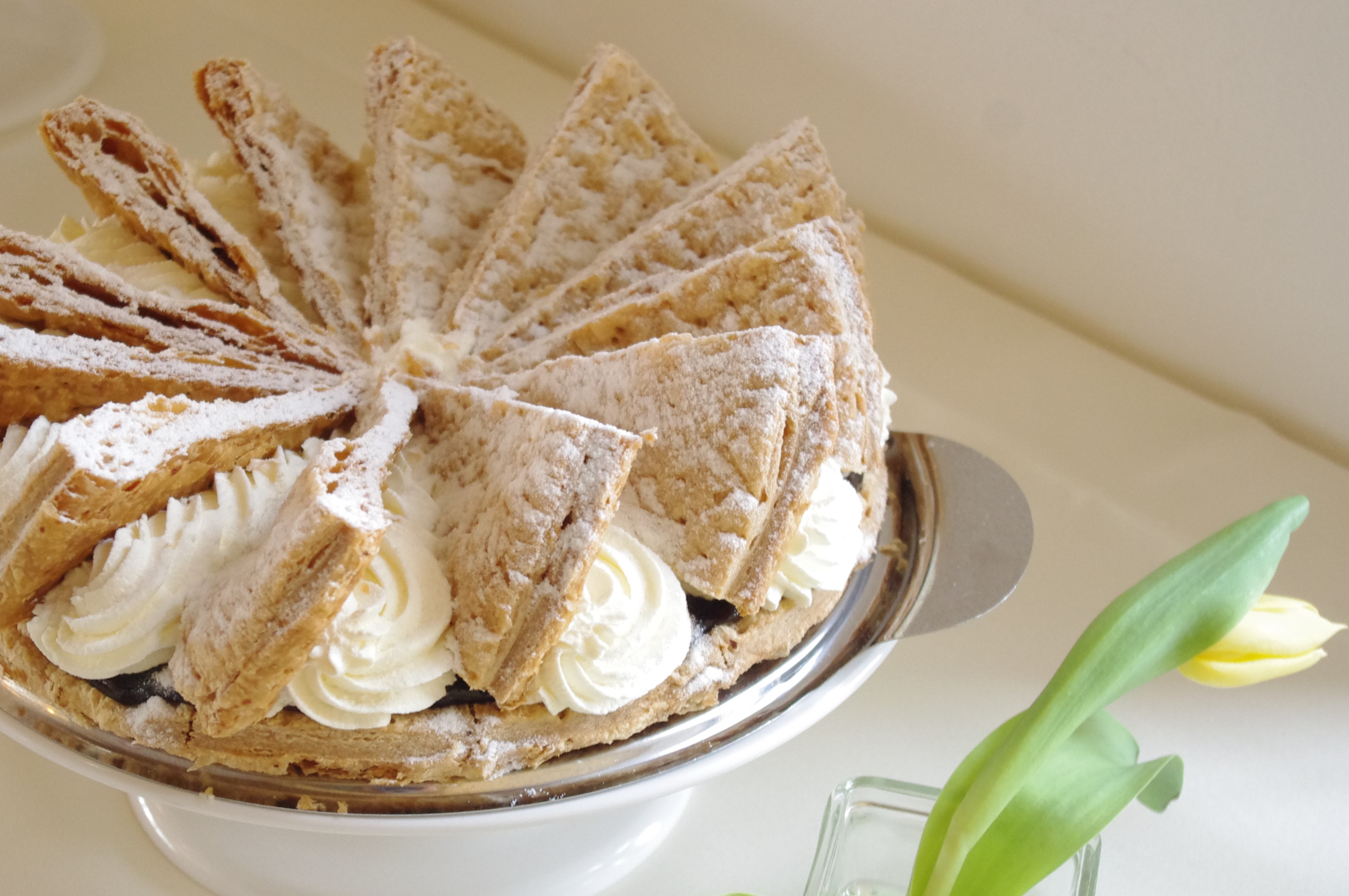TRADITION AND MODERNISM
The award-winning museum complex designed by renowned architect Gregor Sunder-Plassmann harmoniously combines tradition and modernism. Avant-gardistic gallery cubes with white-washed exteriors alternate with a large thatched-roof exhibition hall, historic Frisian houses, and a glass corridor.
The enchanting museum garden features historical trees and old Föhr varieties of roses. Including the six stylish gallery buildings, the museum boasts a total of 900 square metres of exhibition space. Open views frequently interlink art and nature.
With its sophisticated design the daylight museum engages in a varied dialogue with its rural surroundings and stands out for its elegant interplay of historical style elements and architectural Modernism.
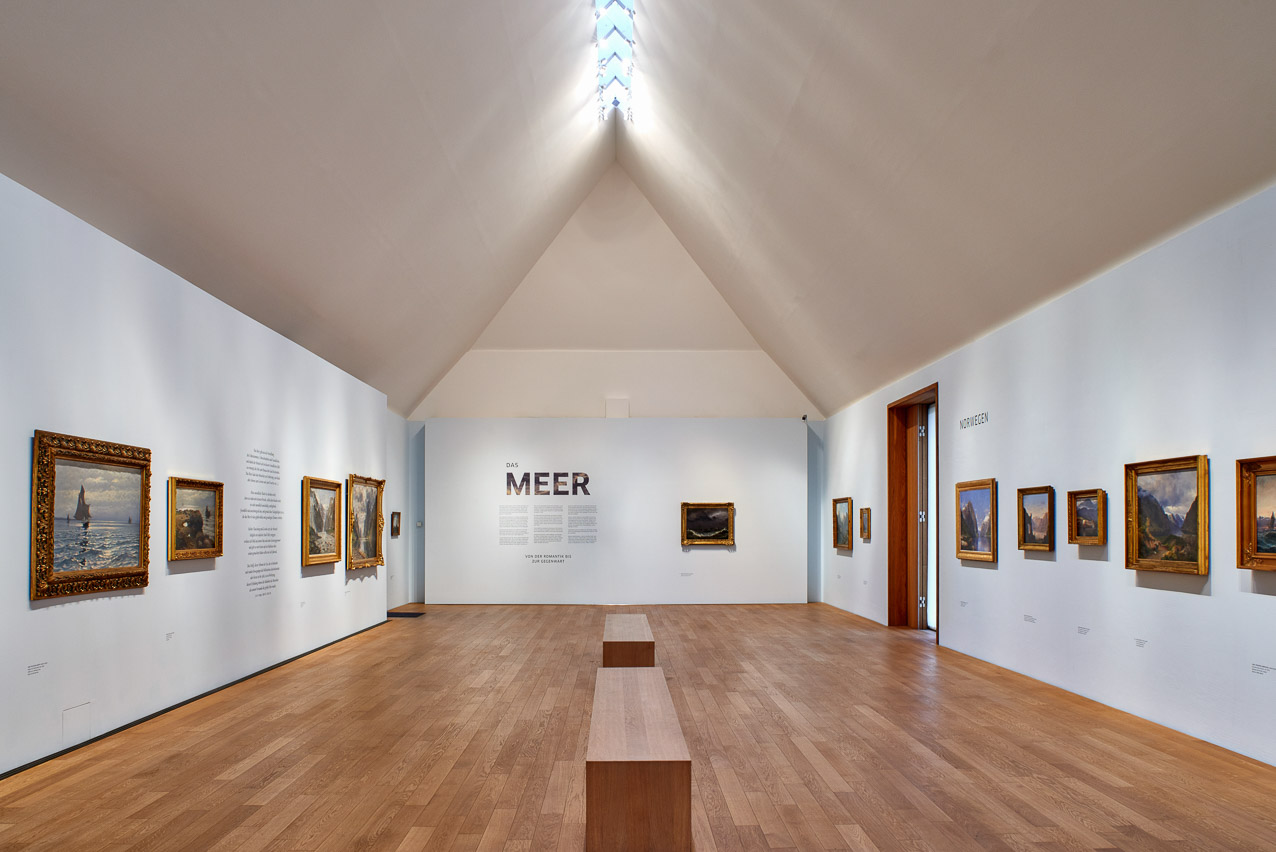

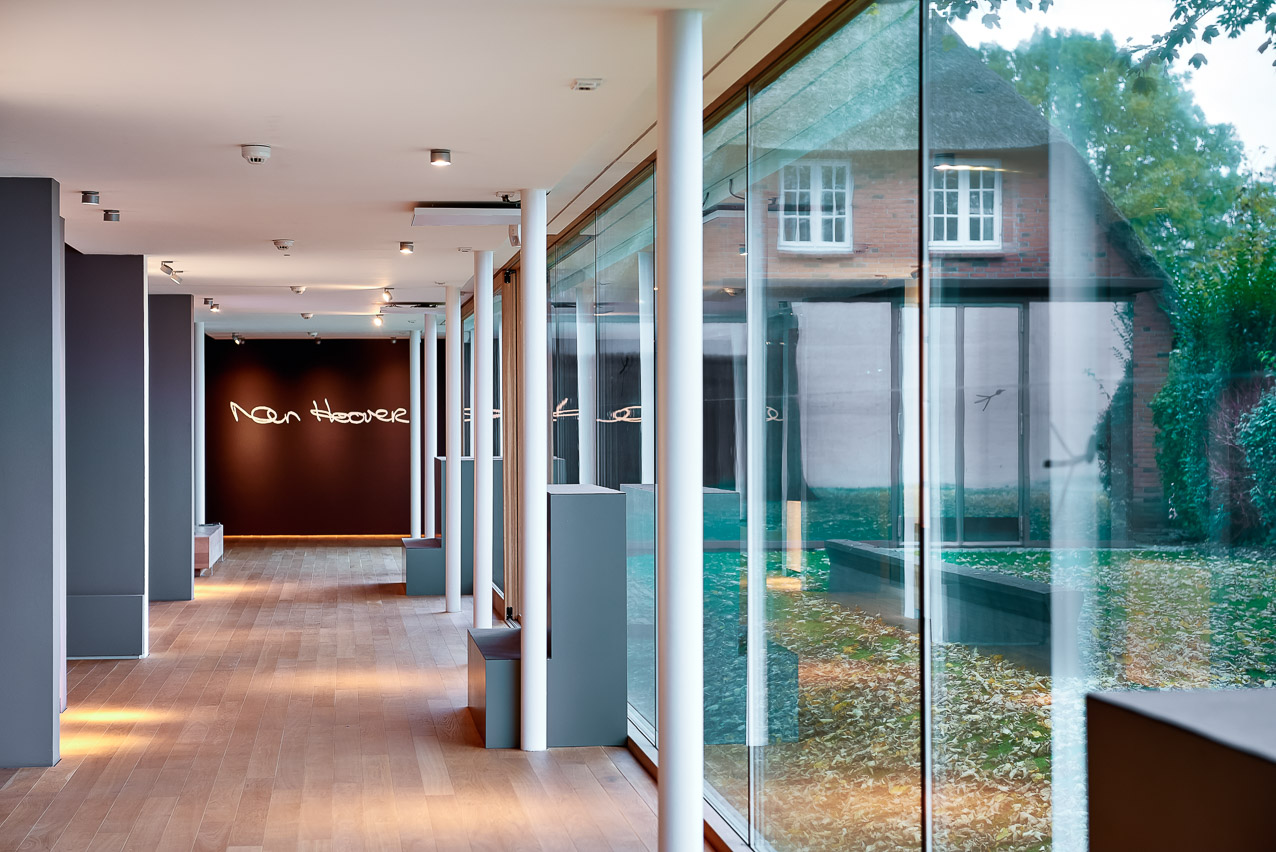
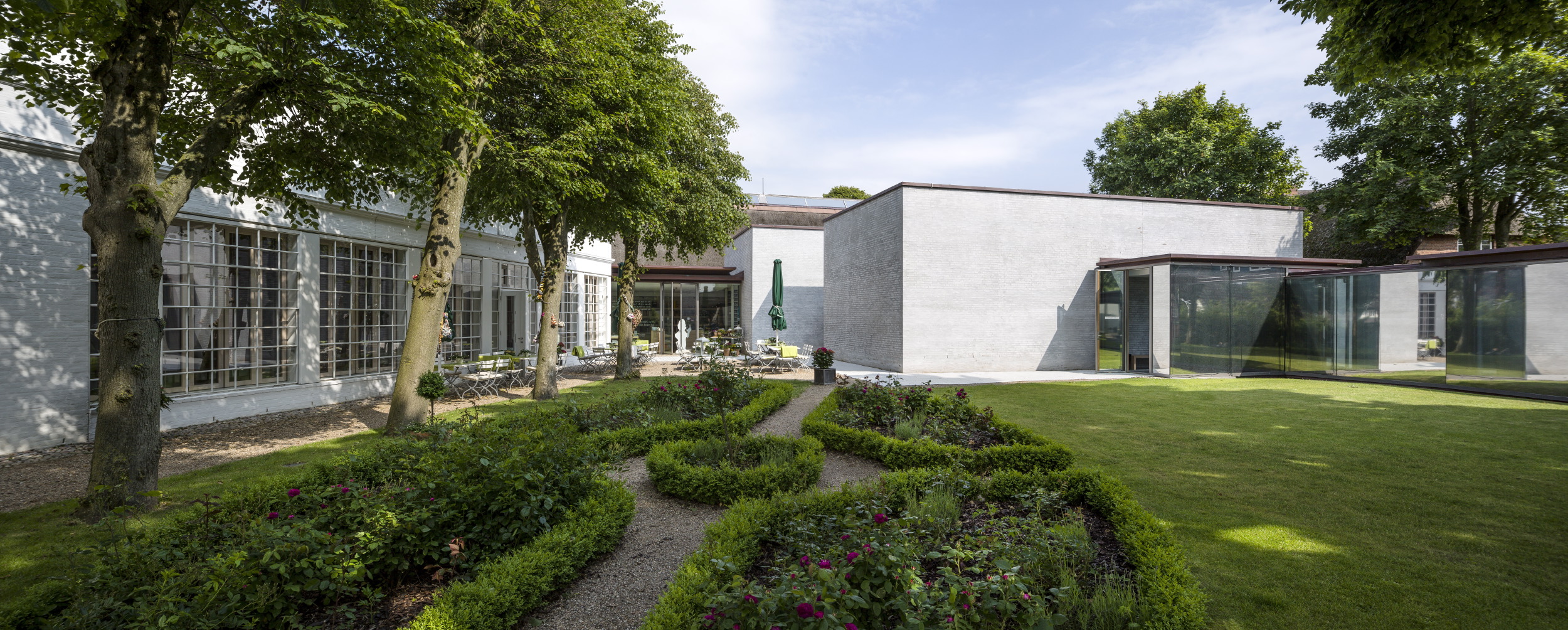
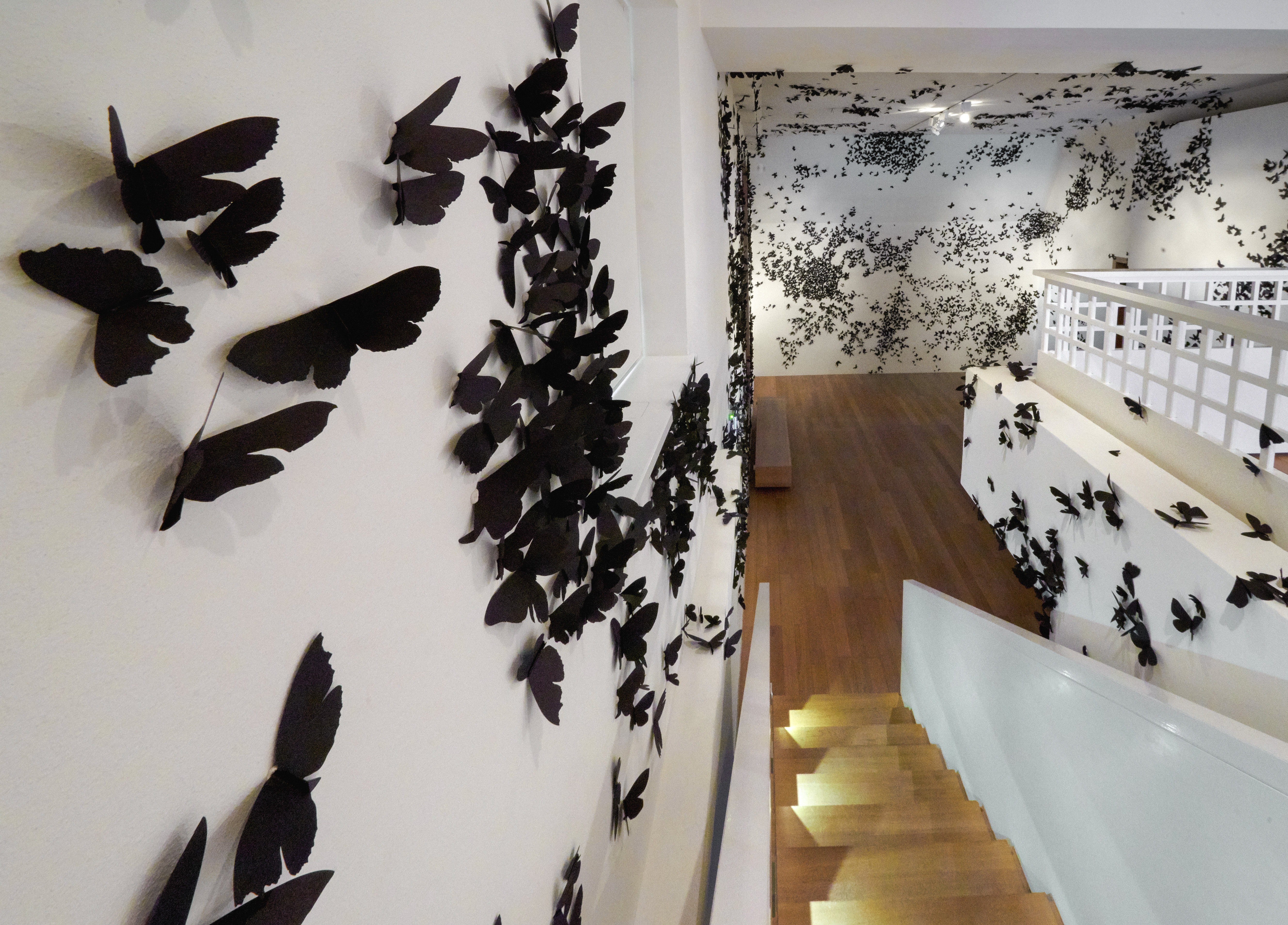
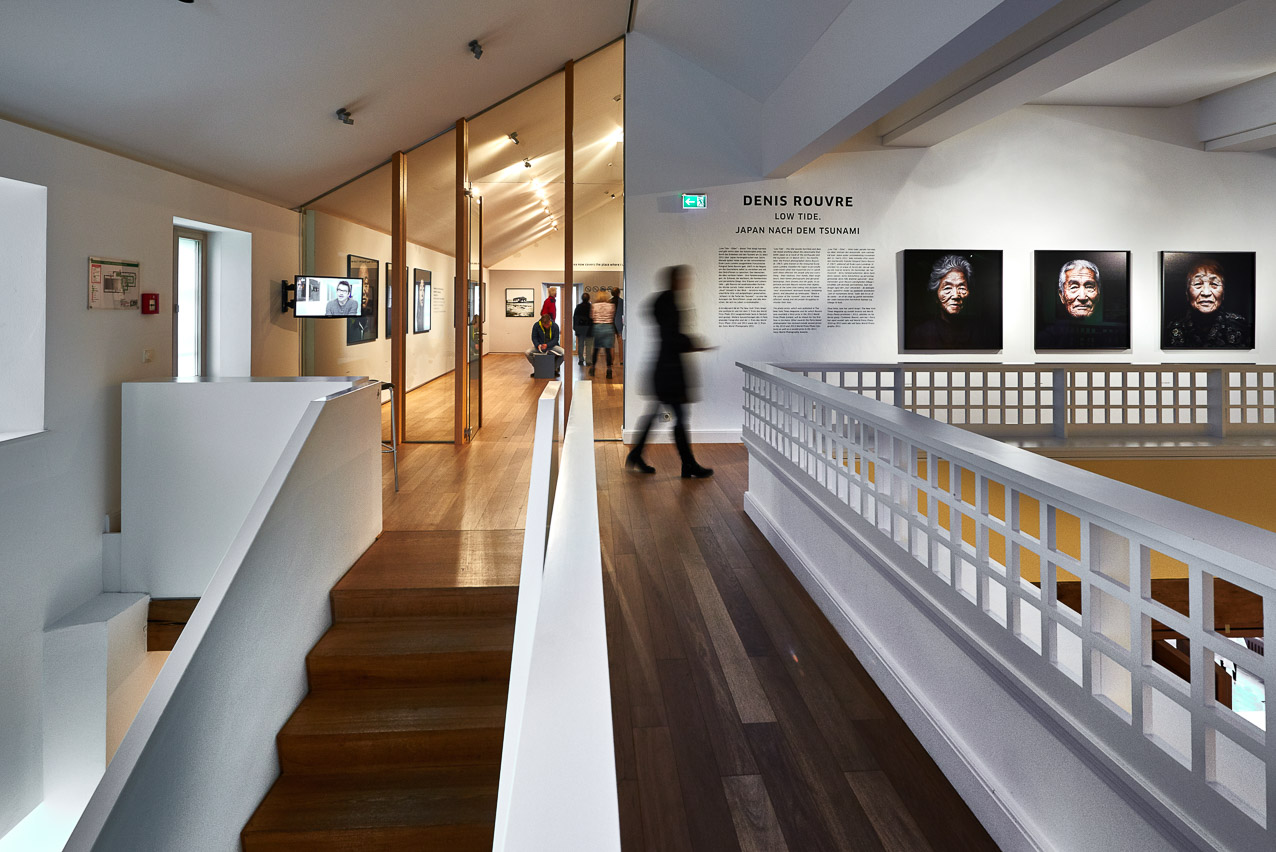
GRETHJENS GASTHOF
Rebuilt in the style of a Scandinavian manor house c. 1900, Grethjens Gasthof extends a warm welcome to guests and museum visitors in its appealing indoor spaces and the sheltered museum garden.
As a tribute to the innkeeper, Margareta Dorothea Hansen (1824–1910), whose given name was “Grethjen,” the Alkersum village inn was renamed Grethjens Gasthof. Due to Grethjen’s appreciation for the “venture of art” the inn had also previously served as a meeting place and lodging house for a number of artists who were active on Föhr.
One of its best-known guests was the Berlin Secession painter Otto Heinrich Engel (1866‒1949). Today, Grethjens Gasthof and the Museum Kunst der Westküste are a wedding venue on Föhr: you can get married and then have a lavish celebration in the Otto Heinrich Engel Hall or in the gallery.
